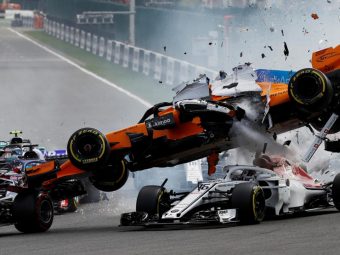The Ferrari SF-24 was launched in front of a small audience of guests last week, the 70th car the company has built to take part in the Formula 1 World Championship. Attending the presentation at the Fiorano track were President John Elkann, CEO Benedetto Vigna and Vice-President Piero Ferrari, along with representatives of the partners, as well as team members, starting with Team Principal Fred Vasseur and the drivers Charles Leclerc and Carlos Sainz.
The busiest season ever, with no fewer than 24 races, gets underway next week in Bahrain with the only pre-season three-day test session, followed by the first grand prix at the same venue, on Saturday 2 March. The SF-24 is the third car of the new Formula 1 ground effect generation. The design group, led by Enrico Cardile, completed a shakedown test for filming, photographic, marketing and communications purposes.

Speaking at the launch Fred Vasseur, Team Principal explained:
“This year, we must start off where we left off at the end of last season, when we were consistent front runners, with a view to constantly improving in all areas. The longest ever Formula 1 season awaits us and Charles, Carlos and I all agree, we must be more clinical and effective in how we manage the races, making bold choices, in order to get the best possible result at every Grand Prix. It’s often said that your fans can give you an extra gear and that will definitely be true in what will be a very closely contested championship and we are proud to know we can count on our “tifosi” from around the world.”

Speaking at the launch Enrico Cardile said:
“With the SF-24 we wanted to create a completely new platform and in fact, every area of the car has been redesigned, even if our starting point was the development direction we adopted last year and which saw us take a leap forward in terms of competitiveness in the final part of the season.”
“We have taken on board what the drivers told us and turned those ideas into engineering reality, with the aim of giving them a car that’s easier to drive and therefore easier to get the most out of and push it to its limits. We did not set ourselves any design constraints other than that of delivering a strong and honest racing car, which can reproduce on the race track what we have seen in the wind tunnel.”








